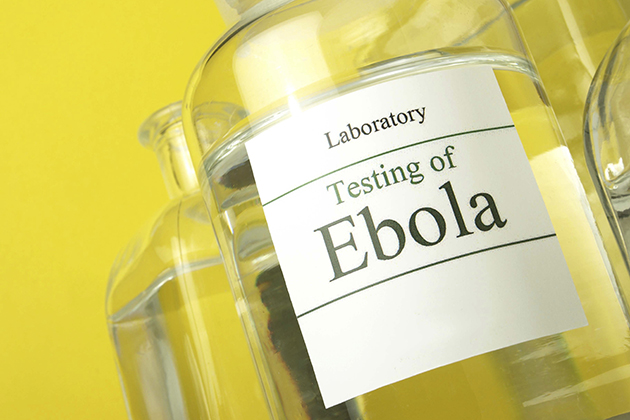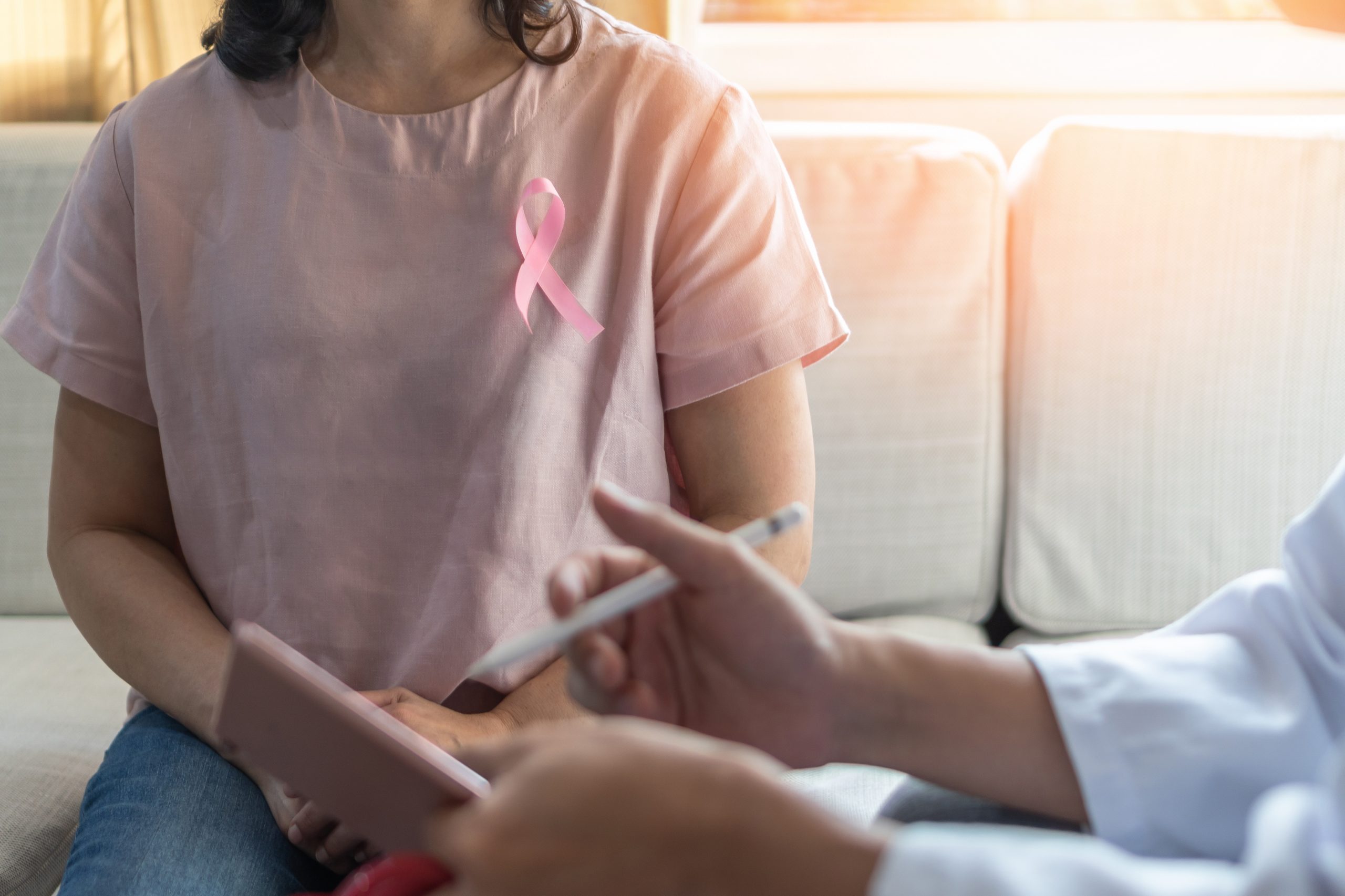The Ebola virus that erupted in West Africa this year has infected thousands of people in an epidemic that threatens to spin out of control. That epidemic was brought close to home this week, when the first U.S. Ebola case was diagnosed in Dallas, Texas.
Could Ebola ravage the U.S. the way it has burned through Sierra Leone and Liberia? UConn Today turned to Dr. Kevin Dieckhaus for an answer. Dieckhaus is an infectious disease physician at UConn’s Health Center. His specialties include antibiotic stewardship, HIV medicine, and infectious disease clinical care, but his passion is volunteering in Uganda, East Africa.
UConn Today asked him to share his experience with infection control in both the U.S. and Africa, and explain why it’s unlikely the virus will spread here.
Q. Why is Ebola spreading so quickly through West Africa, and could that happen here?
A. The main issues fueling Ebola Hemorrhagic Fever transmission in West Africa are limited resources and limited infrastructure to appropriately identify and isolate cases. [Currently] by the time a patient has presented for clinical care, that case has been able to transmit to other people. The big question in the U.S. is can it happen here? Someone from West Africa could appear in an emergency room somewhere in the U.S., but we have the ability to identify it relatively quickly. Should someone show up here with symptoms consistent with Ebola and an appropriate risk history, they would be placed in strict isolation, which should break the transmission cycle. There would also be extensive contact tracing to ensure that anyone they interacted with would be identified, in order to monitor their health and limit their ability to spread the virus.
Q. How do we identify Ebola?
A. It starts with case identification. If someone comes into the emergency room there are certain criteria we’d be looking for. Headache, fever, muscle pains, nausea, vomiting, abdominal pain, unexplained bleeding, or bruising. Those are fairly non-specific, but when you add in historical factors – such as recent travel to an Ebola endemic area or contact with someone from that area, especially if they have been working in a health care setting, interacting with family members who have been sick, or working with or preparing the dead bodies of those with Ebola – our index of suspicion is much higher. If a patient is considered high risk, they would go into isolation for treatment. Health care workers would be wearing gowns, gloves, and masks for any patient interaction. Confirmatory testing would be sent to the CDC in Atlanta, but all precautions would be undertaken until the results are available. This is all well within our capabilities in a hospital setting in the U.S.
Q. Can any hospital do that? Some American health care workers infected with Ebola have been transported to Atlanta.
A. Several high-biosafety clinical units are spread across the U.S. that the Centers for Disease Control helped fund. Atlanta is one. Those are probably the best equipped. But the reality is that it could be handled at any hospital in the U.S., because we have protocols in place for dealing with it. We do know how it’s transmitted, it’s not transmitted through the air. It’s transmitted by direct contact. We know how to prevent that. If someone were to show up right now with Ebola, we would not be moving them to Atlanta. We would be taking care of them locally.
Q. When you say Ebola is spread through contact, what do you mean? The other viruses we know of that spread through bodily fluids include HIV and Hepatitis C, which seem quite difficult to catch.
A. Ebola is actually quite infectious, but only through direct contact. As opposed to HIV or Hepatitis C, which require parenteral, typically blood-to-blood, contact – Ebola is present on human surfaces and in secretions, but only when the patient is ill. A person who is infected but not yet showing signs of the illness cannot transmit the virus. Someone who is acutely sick with Ebola Hemorrhagic Fever is making lots of virus, they’re shedding lots of virus, and they may also be bleeding. And so simply touching someone is enough to transmit the virus to the new person. That’s why contact precautions are so important.
Q. When you say touching someone – could it pass from, say, my skin to your skin? Would you need to put your hand in your mouth?
A. If you were sick and I touched you, it would be pretty easy for me to catch the virus. Casual contact is enough. If a health care worker does not properly put on and remove gloves and other personal protective gear, there is the risk of contamination, and you could get it that way. Some of the lead doctors treating the epidemic in West Africa, who in theory took all of the appropriate precautions, have contracted the virus and died. The thought is that there may have been minor breaks to the isolation protocols, but in many cases it’s not entirely known. That’s why it’s been so frightening in West Africa.
Q. There’s been some speculation in the press about Ebola becoming airborne. Have we ever had an example of a virus that required contact changing to an airborne form?
A. Not that I’m aware of. In theory, if you’re a fan of science fiction this would make a great novel. But it has not been proven to happen.
Q. What are the most important scientific questions out there about Ebola now?
A. For a clinician, the biggest question is therapy. There’s a start-up company with a product called Zmapp and another called TKM-Ebola. These are antibodies against different epitopes [the part of the virus the immune system sees and grabs onto] of the Ebola virus. But these are experimental, and the companies don’t have a lot of it to use in large outbreak settings.
If antibodies work, the other possibility would be to use those from patients who have had Ebola and survived.
Q. That’s an old fashioned way of doing things, right? To make serums from people’s blood?
A. Yes, that’s exactly what I’m talking about. It’s a 1910 technology. Basically you take the gamma globulin from someone who has recovered, their antibodies, and infuse it into the next person who is sick. The companies only have so much antibody to give out, but there are lots of patients who have recovered from Ebola.
Q. What have we learned from previous epidemics that we can apply here?
A. Identification and prevention are key! This is a virus for which therapy is not really that effective, nor readily available.
Hospitals in the U.S. are prepared for Ebola. We know what to look for, we’re prepared, and know what to do when and if it happens. The average hospital in the U.S. can manage Ebola if it happens to show up on our doorstep.




